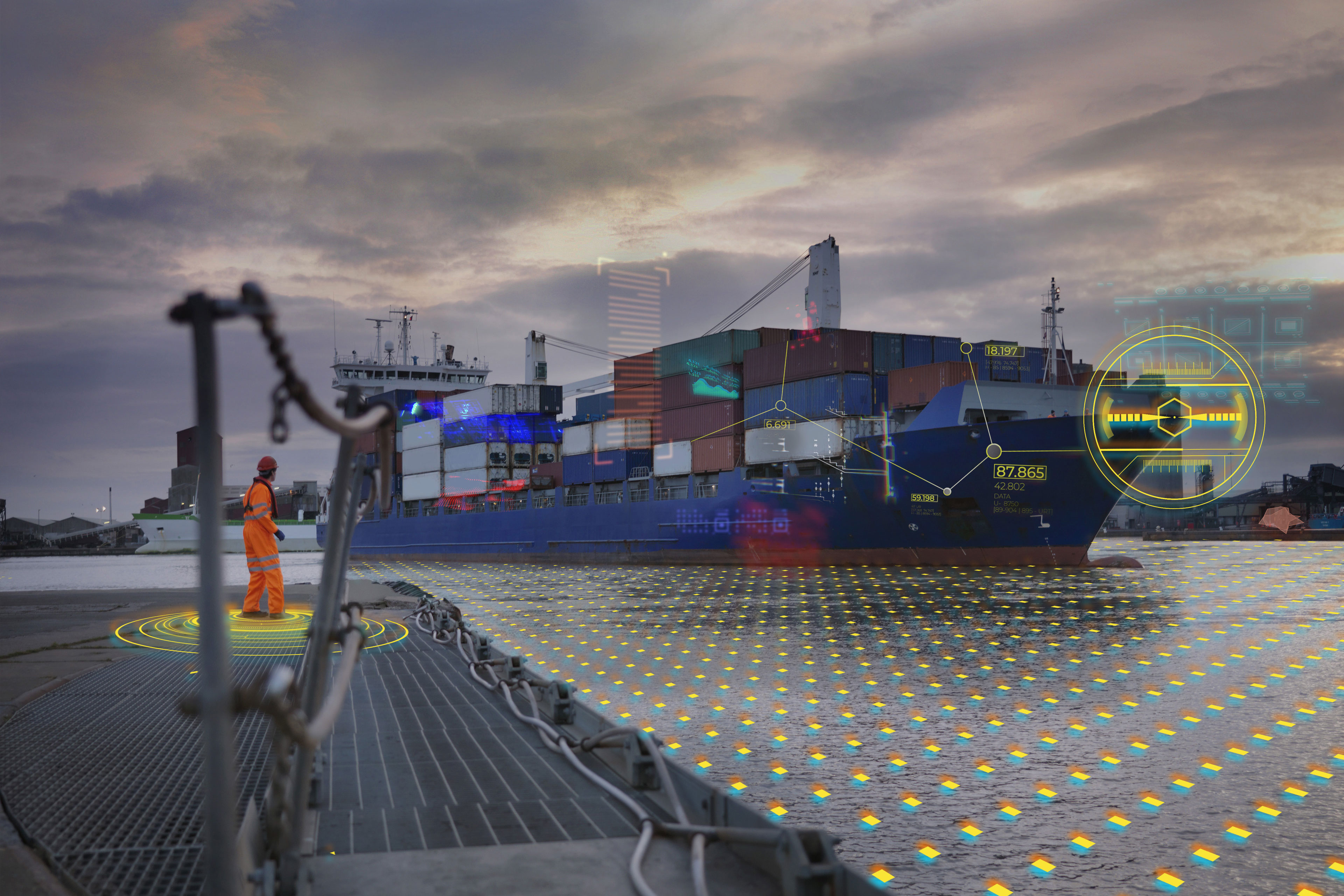EY refers to the global organization, and may refer to one or more, of the member firms of Ernst & Young Global Limited, each of which is a separate legal entity. Ernst & Young Global Limited, a UK company limited by guarantee, does not provide services to clients.
EY.ai Maturity Model
We can help you strategically plan to close GenAI gaps, develop an efficient roadmap, and responsibly harness its capabilities.
Navigating challenges
There’s an imperative for manufacturers to move fast with AI but the technology is yet to be deployed at scale due to challenges in integrating it seamlessly into business models and other uncertainties. Concerns range from performance issues and return on investment, data security and protection, to optimising supply chains.
Point solutions may be disjointed unless there’s a strategic orchestration of AI initiatives. There is, of course, uncertainty around cost implications of deploying AI and the fear of failure.
The other area of concern is access to talent due to high cross-sector demand. There’s uncertainty around skills to target, their timing, and likely operational impact of that. There is a need for manufacturing organisations to align talent with skills of the future.
As manufacturers increasingly focus on the entire value chain and not just the production process, deployment of AI in supply chain planning is a key concern. According to EY CEO Outlook Survey 2023, 29% of advanced manufacturing CEOs consider adapting supply chains for better resiliency as one of the most important strategic actions. However, 32% said they have delayed their supply chain plans amidst the changing geopolitical landscape.
Lack of support and commitment from C-suite can hinder AI planning, investment, and implementation in the manufacturing industry.
Advanced manufacturing CEOs believe technology and digital disruption, including cyber risk, pose the greatest risk to business performance over the next 12 months¹.
Strategic roadmap to embed AI
As manufacturers devise solutions to overcome the challenges to AI deployment and reimagine their strategy for the future, they need to differentiate between how to “act now” versus “evolve later.”
The “act now” suggestions demand little investment, cause minimal disturbance, are modular in nature, and could yield noticeable outcomes promptly. As these victories accumulate and gain traction, they build towards the “evolve later” recommendations. These forward-thinking suggestions require a top-down strategy and a comprehensive capital distribution plan to foster a continuous cycle for the growth of AI initiatives.
The proliferation of business-driven point solutions is likely to increase, necessitating the standardisation and compatibility of OT data.
Here are the five steps manufacturers can take to be AI ready:







